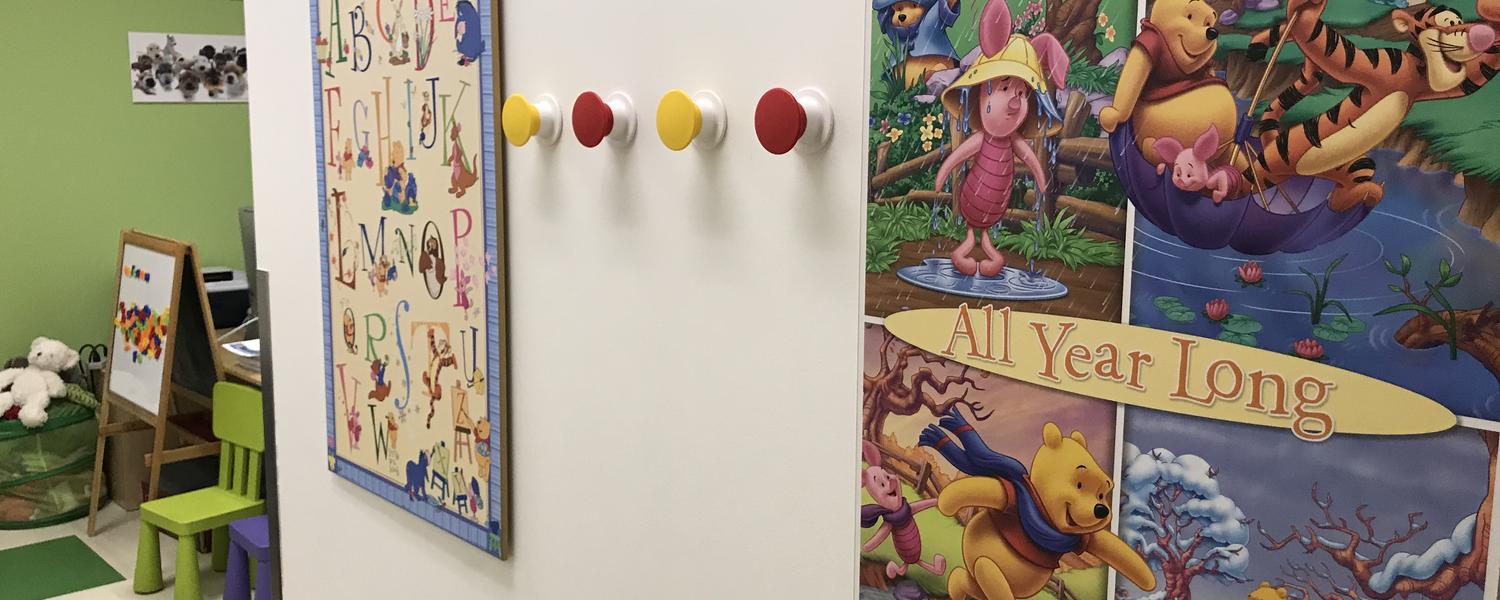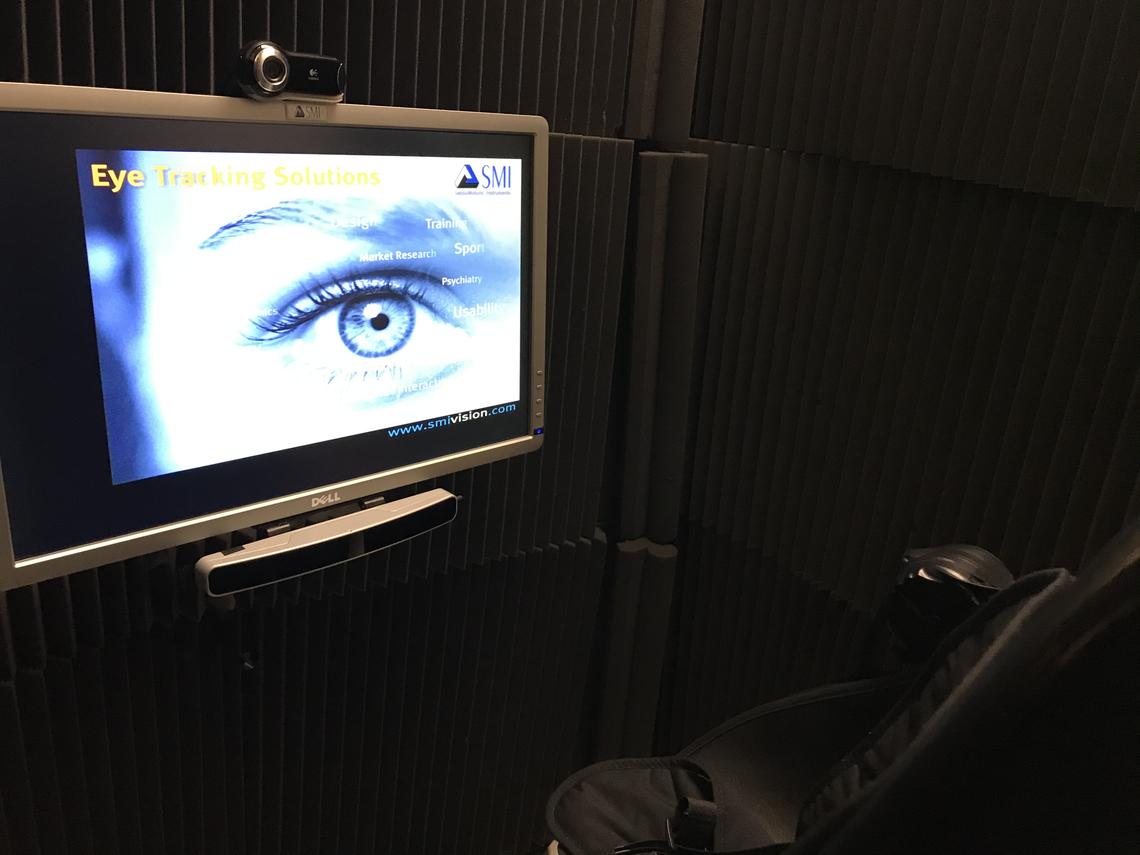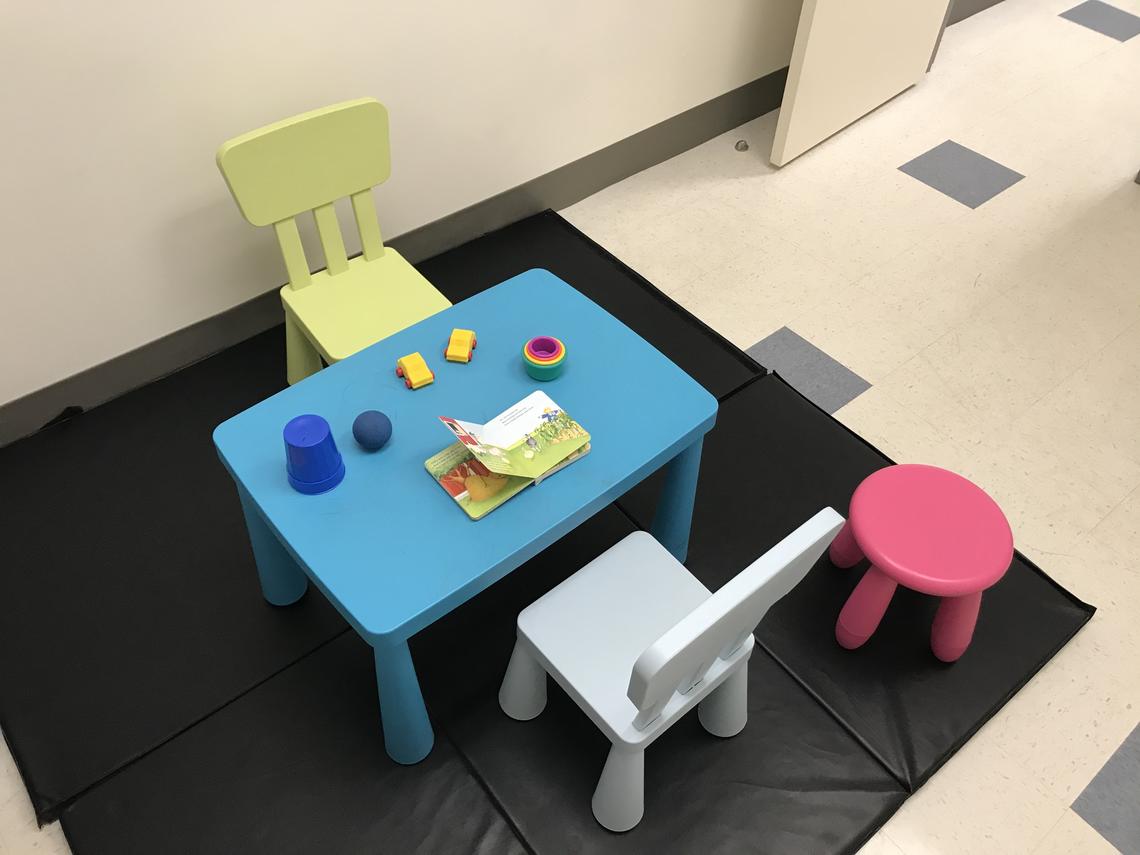
The BabySibs Project
The BabySibs Project is a longitudinal study, originally created with the goal of finding earlier markers of Autism Spectrum Disorder (ASD), to potentially help with earlier diagnosis. As ASD is not typically diagnosed until 3 years of age or later, it has historically been difficult to find earlier markers for this disorder. One possibility to discovering earlier markers is to study younger siblings of children already diagnosed with ASD. This is because families who have one child with ASD are more likely to have a second child with ASD compared to families whose first child does not have a diagnosis of ASD (Ozonoff et al., 2011). Following this idea, the BabySibs Project followed two groups of participants - infants who have an older siblings diagnosed with ASD (High-risk for Autism), and infants who do not (Low-risk for Autism) - from 6 months of age up to 3 years of age. We are interested in how differences in early language development, such as how infants respond to Conspecific (species-specific) sounds and visuals, differ between high-risk and low-risk infants. To better understand this, participants in BabySibs completed a variety of tasks, such as eyetracking studies and play-based assessments, and also saw a clinical psychologist at 2- and 3-years of age to help determine if they were likely to be diagnosed with Autism at a later age.
Speech & Eyetracking Tasks
Children with Autism Spectrum Disorder (ASD) typically have difficulty in the development and use of language. Approximately half of those with ASD fails to develop speech, and when language does develop, individuals with ASD often fail to use speech functionally (Volkmar, 1991). Little is known about possible early markers in speech development in infants at high risk for autism. One of the major goals of the BabySibs Project is to try to identify potential early markers for Autism, particularly early speech markers. To this end, participants of the BabySibs Project engaged in multiple eyetracking and speech-based tasks. In these tasks, participants watched multiple videos where they heard a variety of human, monkey, and mechanical sounds, and saw a mixture of human faces, monkey faces, and other still images and videos. Looking times, and, in eyetracking studies, areas of interest on the screen, are recorded and analyzed to see how they differ between those participants who have older siblings diagnosed with ASD, and those who do not.


Playtasks
Participants in the BabySibs Project also completed a number of play-based tasks. Rather than watching videos on a TV screen, playtasks are assessments are more involving, allowing the participants to read, talk, point, and otherwise play with a wide variety of materials. These tasks provide us with a snapshot of how the child is developing, in terms of their language abilities, motor skills, and cognitive abilities. We conducted these tasks to provide us with a more holistic view of the child, and to help us better understand how potential early markers of Autism may relate to child development in general.
